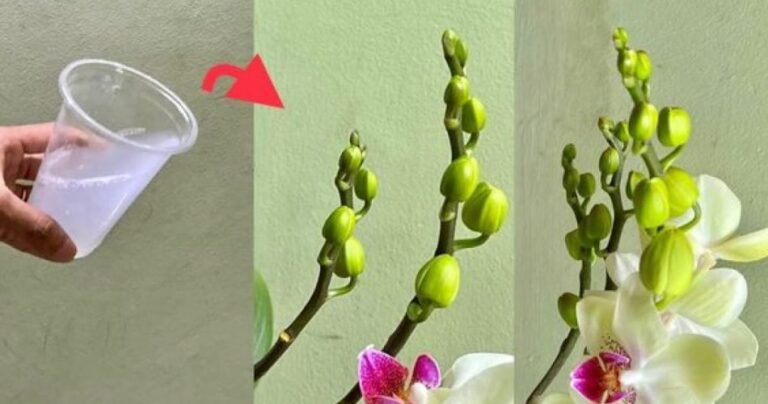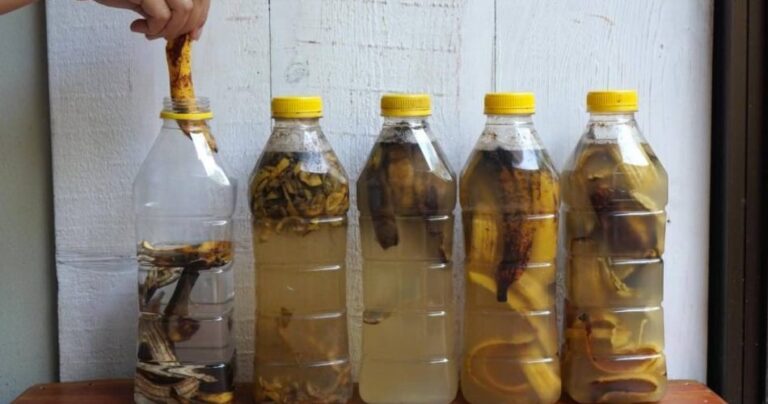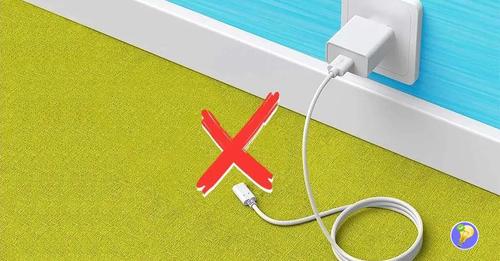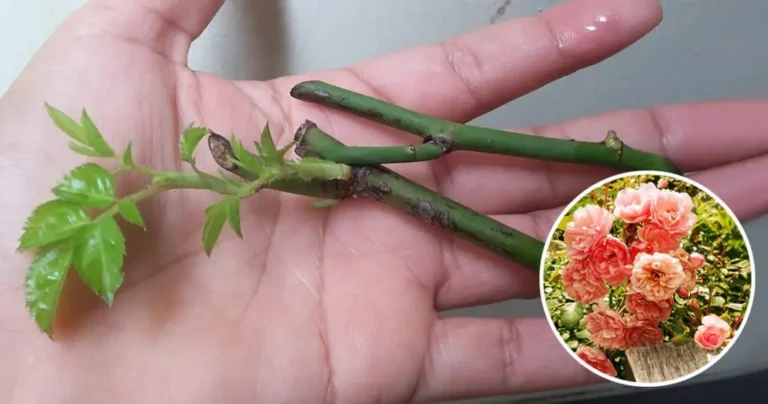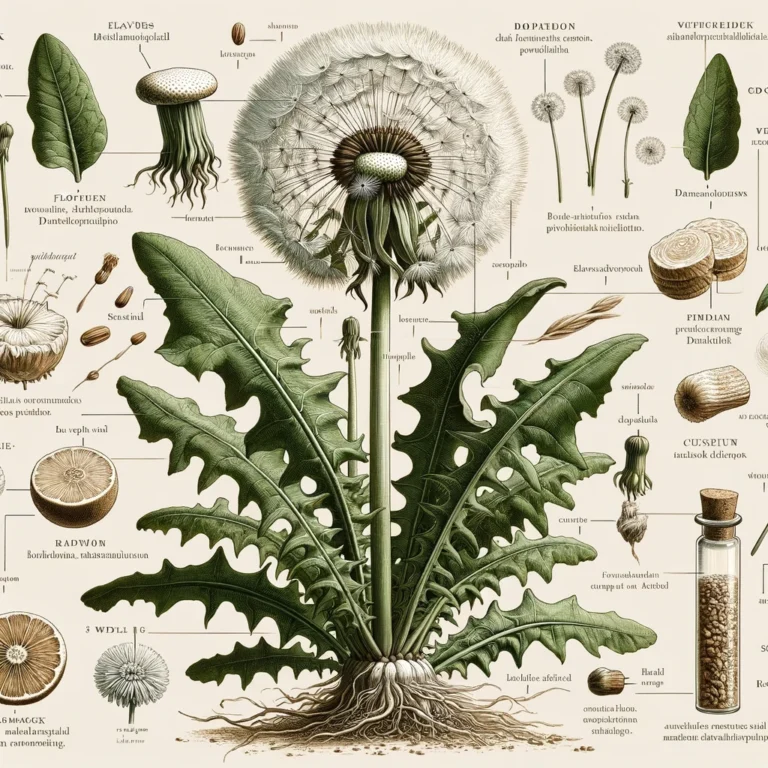How do you care for your succulents?
How do you care for your succulents?
Respect the rhythm of placement of the succulents.
Most succulents grow from spring to fall and go dormant in the winter. Although plants usually tolerate warmer temperatures, they prefer slightly cooler locations, between 10 and 15 degrees. Houseplants among succulents like to spend the summer in a place on the balcony or terrace. Only when daytime temperatures permanently drop below 15 degrees should they be potted back into a warm apartment.
succulent plants
Succulents can be grown in the smallest pots as they do not need much to grow beautifully and thus decorate the house. Plants often grow in old shoes. The ideal substrate is permeable cactus soil or potting soil mixed with sand. It is important that the water drains well, because stagnant humidity is not suitable for succulents. Additionally, the bottom of the container should be lined with pebbles or a drainage layer of expanded clay.
What should you consider when watering succulents?
Succulents can store water well, but they do not tolerate standing water. Therefore, the plants should be planted in a very permeable substrate, such as cactus soil. When watering succulents, you can always start by watering them abundantly. After ten minutes, discard any excess water that has accumulated in the bottom of the potholder or saucer. In winter, plants need less care: that means less water and no fertilizer. Additionally, the air should be fairly dry. Plants cannot tolerate high humidity at all.
How often should succulents be watered?
Always pause watering until the soil is almost dry again. This may take one to two weeks depending on temperature, season and plant. Stagnant water should be avoided at all costs, as it causes plant roots to rot very quickly.
Should you fertilize succulents?
Succulents get by on very little. They do not need much water and fewer nutrients. However, it is still necessary to give succulents fertilizer during the growth phase. It is imperative to use succulent fertilizer because commercial flower fertilizer contains too many nutrients, which weakens growth.
Hardy succulents for outdoor use.
There are types and varieties of hardy succulents that are very undemanding. This is the case, for example, with indoor buttercups, maidenhair and saxifrage. These succulents are also often planted in the garden. They come from places where there is little room for soil and roots and thrive in shallow bowls, small pots, rock gardens and even in cracks in walls, as long as rainwater and irrigation can drain freely. They are ideal for low maintenance green roofs. Larger specimens require more space for their roots. Saxifrage is also the right choice for less sunny locations.
Transplant: instructions and advice.
When should you repot succulents?
Depending on how fast your succulent grows, you should repot it every one to five years to properly care for it, whenever you are running out of space in the pot and the roots have penetrated the soil. If you want to ensure that the succulent is in a high-quality, pest-free substrate, you can repot it immediately after purchase. But it has to be spring, the most important growing season for succulents. Plants have a stress phase in summer and a rest phase in winter. For this reason, these seasons are a bad time to transplant.
This is what you need to transplant succulents
- Expanded clay (to prevent water stagnation)
- Cactus soil or special soil for succulents
- A larger pot and coaster than before
- Thorn Proof Gardening Gloves
- Succulent transplant: step by step instructions
- Place the succulent as upright as possible in the center of the new pot, fill it on all sides with soil and press it lightly.
Caution: Transplanting stresses the plant. So place the succulents in partial shade for a week and water them for the first time only after about seven days in the new pot.
Reproduction plants: here you have the different options.
Succulents reproduce very easily, for example through a rosette of leaves inserted in sandy soil or through suckers, also known as kindles. Another method is propagation by simply cutting the leaves. Simply let the leaf cuttings dry for two or three days. Then place them in the soil where they will take root.

